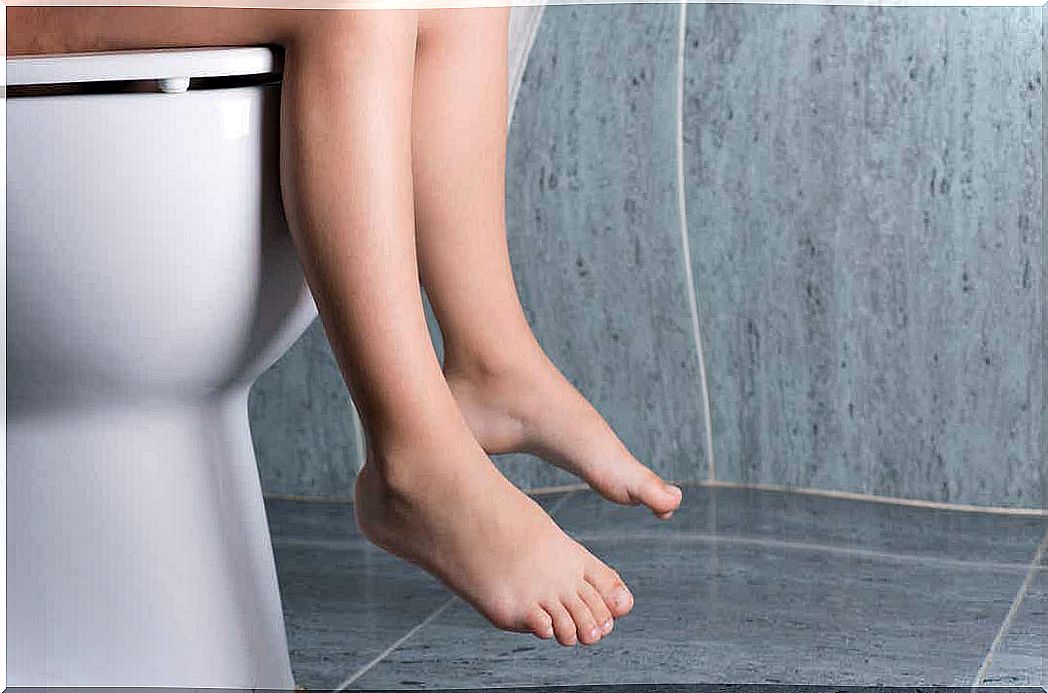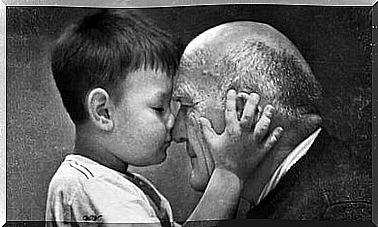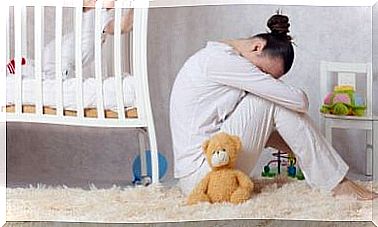Vulvar Synechiae In Girls: Causes And Treatment

Have you ever heard of this term? Vulvar synechiae are acquired abnormalities of the external genitalia in girls that involve fusion of the labia minora at both ends.
They tend to cause few or no symptoms, so the diagnosis usually occurs late. On the other hand, if parents are attentive or if there is discomfort, early visits to the doctor allow for a timely solution. This is important because even though complications are rare, they are still possible.
What is vulvar synechiae?

This is a benign gynecological condition that affects young girls, especially between the first and second year of life. In the vulvar synechiae, the labia minora – which is part of the external genitalia and there is one on each side – is attached at one end.
For this reason, the fusion line may include both the upper and lower ends. It usually tends to lateralize a little to one side or the other.
Symptoms of vulvar synechiae in girls
In the vast majority of cases, vulvar synechiae do not cause symptoms. Of course, this depends on the extent of the lesion and the age of the girl. If the problem persists when she is able to speak and express her feelings, she may communicate certain symptoms. For example, discomfort with urination, itching and some pain when sitting or cycling.
Often, the diagnosis takes place when a complication occurs, making a medical consultation more necessary. For example, lower urinary tract infections increase the likelihood of having this condition. These involve severe pain or burning sensation during urination, fever and changes in the urination pattern.
If the fusion of the labia minora extends and becomes almost complete, one of the complications that may occur is obstruction of the flow of urine with the subsequent retention that this entails. Abdominal pain (where the bladder is located) is frequent, requiring prompt medical evaluation.
The most common causes
If a girl has vulva synechiae, it is always because she has acquired it. This means that it occurs at any time after birth, and in general it is not common for it to occur in the first weeks of life.
For this reason, if a physician observes lesions similar to this condition during a routine medical evaluation, it is likely that there is another congenital abnormality.
What are the causes of this disease? Any local injury or trauma capable of eliciting inflammatory reactions may cause fusion of the labia minora. For example, when there are persistent diarrhea episodes or vulvovaginitis, vulvar synechia may occur.
What is the best treatment?

It is important to remember that this is a benign condition. Although it usually causes few symptoms, it requires treatment to prevent future complications. This depends a lot on the extent of the lesion and the clinical picture. According to a publication of the Pontificia Universidad Católica de Chile , the most commonly used measures are the following:
- Non-pharmacological treatment includes basic hygiene measures to prevent deterioration of the initial situation. Daily washing with water and timely replacement of diapers are the easiest measures that can be implemented in almost any home.
- In the doctor’s office, it is possible to use a cotton swab with Vaseline to apply pressure along the scar to gradually release the vulvar synechia.
- On the other hand, pharmacological measures include topical use of steroids. These drugs have anti-inflammatory properties so they can facilitate elimination of the fusion after one or two weeks. Due to its side effects, it is an alternative therapy that cannot be used for too long.
A common condition that is easy to treat
Vulvar synechiae are not usually a problem, but due to the risk of developing discomfort and complications in the future, it is advisable to go to a doctor once the lesion is detected.
It is good for parents to be familiar with the normal anatomy of the area as well as to make periodic evaluations during bathing. This allows the detection of abnormalities and early referral to the pediatrician.








